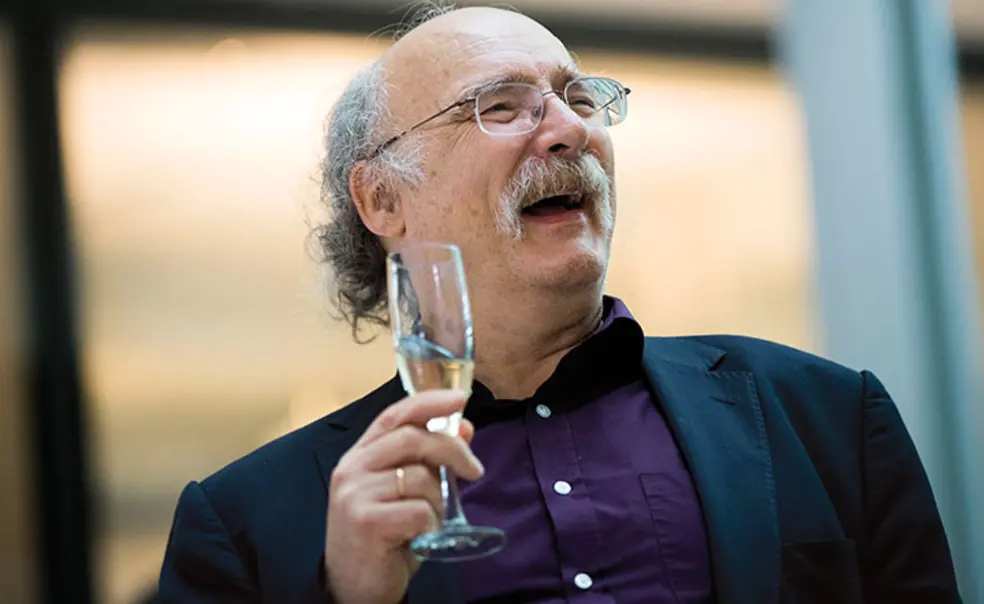Physics: Sweden Calling
F. Duncan Haldane is awarded a Nobel Prize for pioneering work in physics
At about 4:30 a.m. Oct. 4, physics professor F. Duncan Haldane was awakened by a phone call from an unknown number in Sweden. He was groggy, but not enough to miss the news: He and two other scientists had been awarded a Nobel Prize in physics.
Haldane shares the award with University of Washington professor emeritus David Thouless and Brown University professor J. Michael Kosterlitz.
The three physicists are known for using “advanced mathematical methods to study unusual phases, or states, of matter, such as superconductors, superfluids, or thin magnetic films,” the Royal Swedish Academy of Sciences said in its announcement. “Thanks to their pioneering work, the hunt is now on for new and exotic phases of matter,” which could have applications in materials science and electronics, the academy said.
Building upon the work of Thouless and Kosterlitz, Haldane discovered how concepts of topology, a branch of mathematics, can be used to “understand the properties of chains of small magnets found in some materials,” the academy said.
“This is a new way of looking at what quantum mechanics can do,” Haldane explained at a press conference in Frick Laboratory. “Topological materials have been proposed to be the root of the quantum computer, which is the so-far unrealized dream.”
At the press conference, Haldane credited Princeton professor Philip Anderson, a fellow Nobel laureate, for inspiring his work in physics. Anderson was Haldane’s adviser at Cambridge University, and eventually Haldane followed Anderson to Princeton. Anderson “got me so excited about condensed matter physics,” Haldane said. “I think the teacher-mentor thing is crucial.”
Haldane honored his own commitment as a teacher and mentor, too: On the day of the Nobel announcement, he taught an 11:30 a.m. graduate seminar as usual, the students giving him a standing ovation when he appeared.












No responses yet